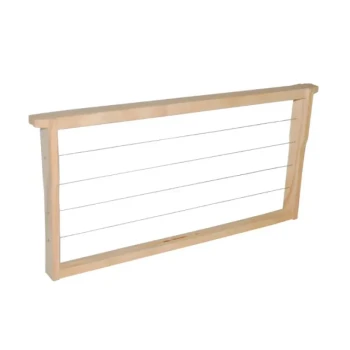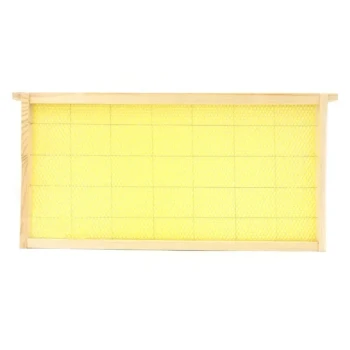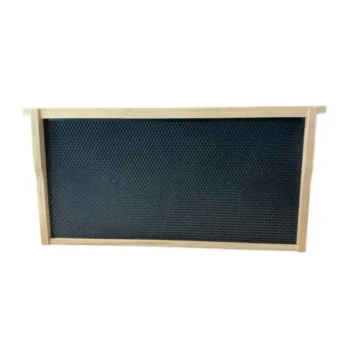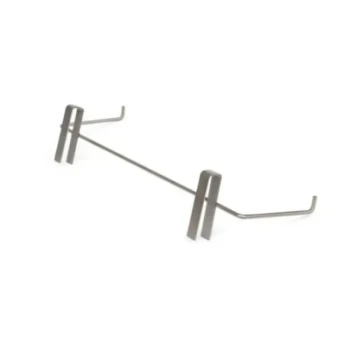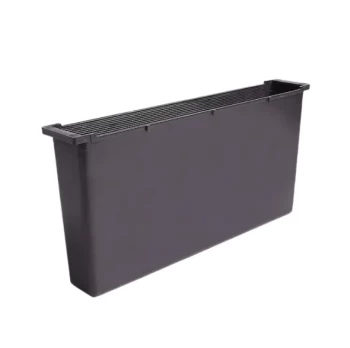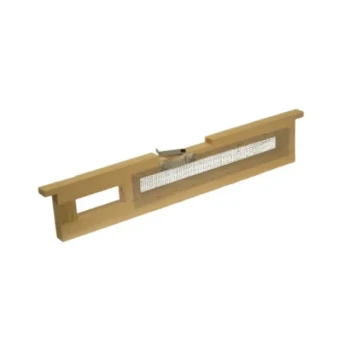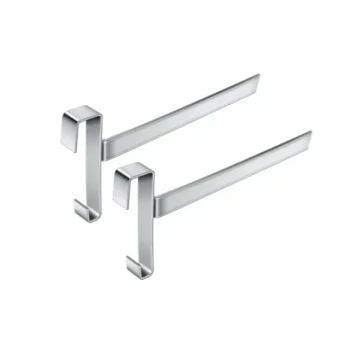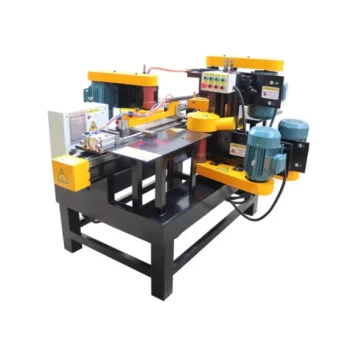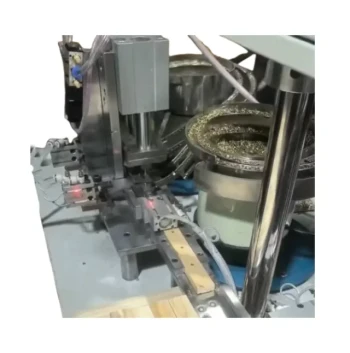The primary advantages of wooden beehive frames are their natural composition, versatility with foundation types, and the flexibility they offer for beekeepers who prefer a hands-on or DIY approach. They are a sustainable and bee-friendly option that can be easily repaired and are the only choice for those committed to using traditional beeswax foundation.
The decision to use wooden frames is often a choice for natural materials, beekeeper flexibility, and long-term repairability over the immediate convenience and durability offered by plastic alternatives.
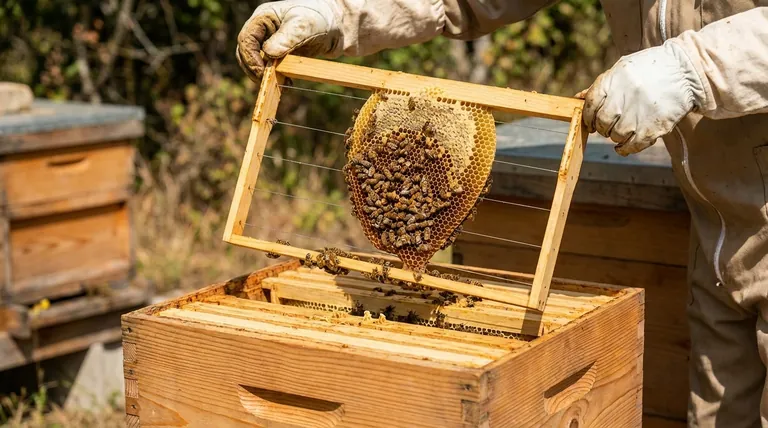
The Core Appeal: A Natural & Bee-Friendly Choice
Wooden frames are the traditional standard in beekeeping for reasons that go beyond simple history. They align with a philosophy centered on natural, sustainable practices.
Natural & Sustainable Material
Wood is a renewable resource, making it an eco-friendly option. This appeals to beekeepers who prioritize sustainability in their practice.
Because wood is a natural material, it poses no risk of chemical contamination to the honey or wax produced within the hive.
High Acceptance by Bees
Bees readily accept wooden frames and components. They can adapt to the environment of a wooden hive structure quickly, which can lead to faster comb building.
Practical Advantages for the Beekeeper
Beyond the natural appeal, wooden frames provide tangible benefits in terms of cost, customization, and management style.
Unmatched Versatility
Wooden frames give you complete control over your foundation. You can easily install pure beeswax foundation, which is the only option for many traditional or treatment-free beekeepers.
They are also fully compatible with plastic foundation, giving you the flexibility to choose the best option for your specific needs or even experiment with both.
The DIY & Repair Factor
For those who enjoy woodworking, wooden frames can be built from scratch or assembled from kits, often at a significant cost saving compared to pre-assembled options.
Unlike single-piece plastic frames, wooden frames are easily repairable. If a single part of the frame breaks, it can be replaced without discarding the entire unit.
Ease of Cleaning & Reuse
At the end of a season or after a disease event, wooden frames can be scraped clean of wax and propolis. They can then be sterilized and reused, extending their lifespan and reducing long-term costs.
Understanding the Trade-offs: Wood vs. Plastic
No equipment choice is without its compromises. To make an informed decision, it's critical to understand where wooden frames stand in relation to their main alternative: plastic.
Durability and Maintenance
Wooden frames, while repairable, are susceptible to the elements. They can warp or rot over time if not properly maintained or if exposed to excessive moisture.
Plastic frames, by contrast, are more durable and long-lasting. They are resistant to warping and do not require the same level of care or protection from weather.
Assembly and Initial Use
Wooden frames almost always require some level of assembly, which adds time and labor to your setup process.
Plastic frames typically come as a single, ready-to-use piece. This offers a significant advantage in convenience, especially for commercial beekeepers or those with many hives.
Pest Resistance
While not a primary factor, some sources suggest that one-piece plastic frames may help slow the spread of pests like small hive beetles, as they offer fewer cracks and crevices for insects to hide in compared to assembled wooden frames.
Making the Right Choice for Your Goals
Your beekeeping philosophy and operational goals should guide your choice of frame material.
- If your primary focus is natural beekeeping and using pure beeswax foundation: Wooden frames are your only effective and practical choice.
- If your primary focus is cost savings and a hands-on approach: The ability to build, assemble, and repair your own wooden frames makes them the ideal option.
- If your primary focus is maximum convenience and durability: You should weigh the benefits of ready-to-use, long-lasting plastic frames against the natural appeal and versatility of wood.
Ultimately, choosing wooden frames is an investment in a flexible, sustainable, and traditional method of beekeeping.
Summary Table:
| Advantage | Key Benefit |
|---|---|
| Natural Material | Sustainable, renewable resource with no risk of chemical contamination. |
| Bee Acceptance | Bees readily accept wooden frames, promoting faster comb building. |
| Foundation Versatility | Compatible with pure beeswax or plastic foundation for maximum flexibility. |
| DIY & Repair | Can be built from scratch and easily repaired, offering significant cost savings. |
| Easy Cleaning & Reuse | Can be scraped clean and sterilized for long-term use. |
Ready to equip your apiary with high-quality, sustainable wooden frames?
At HONESTBEE, we specialize in supplying durable beekeeping supplies and equipment to commercial apiaries and distributors. Our wooden frames are crafted to support your commitment to natural beekeeping, offering the versatility and longevity your operation needs.
Contact our wholesale team today to discuss your specific requirements and discover how our products can enhance your hive management and bottom line.
Visual Guide
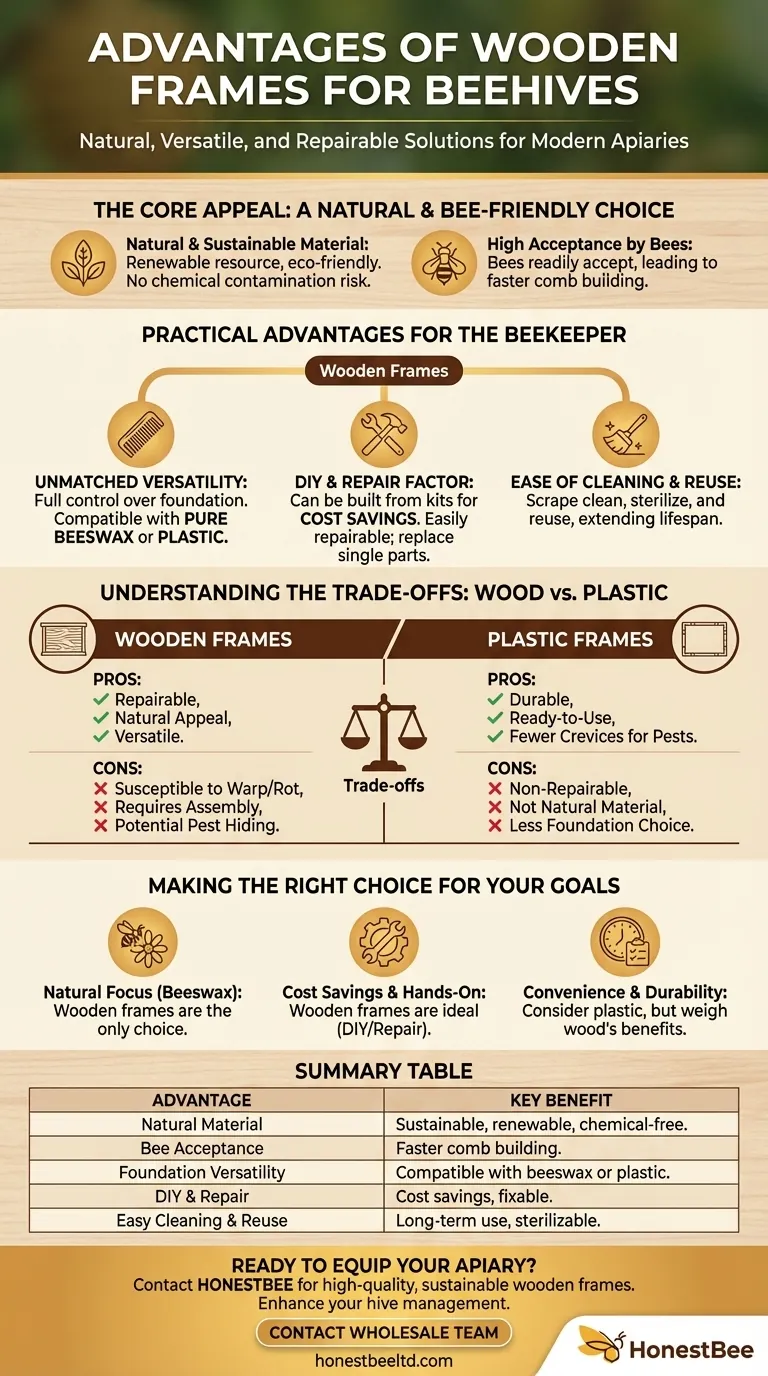
Related Products
- HONESTBEE Wired and Assembled Wooden Bee Frames Foundation for a Thriving Hive
- Assembled Wooden Bee Frames with Beeswax Foundation Ready to Use by HONESTBEE
- Assembled Wooden Bee Frames with Plastic Foundation for Durability and Convenience by HONESTBEE
- Heavy-Duty Stainless Steel Clip-On Frame Perch
- Professional In-Hive Bee Feeder HONESTBEE Frame for Beekeeping
People Also Ask
- How are Langstroth beehive frames assembled? A Step-by-Step Guide for a Durable Hive
- Can old bee frames be reused? Weighing the Risks vs. Rewards for Your Hive
- How many frames fit in a 10 frame hive? A Guide to Maximizing Your Hive's Potential
- How do wooden frames perform during honey extraction? Superior Rigidity for a Smoother Harvest
- What are bee frames, and how do they relate to box sizes? A Guide to the Langstroth Hive System
